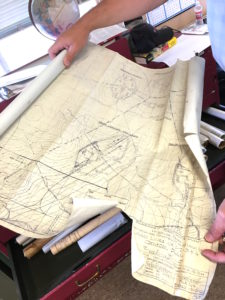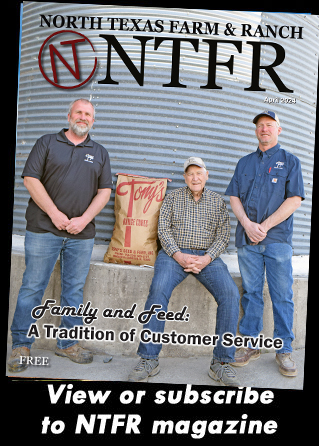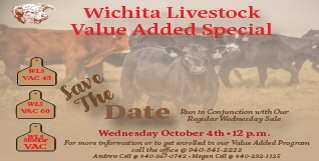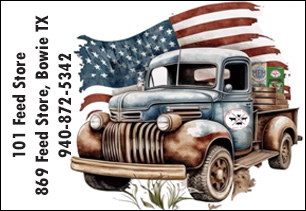Farm & Ranch
[AgriLife Today] McGregor Research Center serving as ‘nexus’_of Texas A&M AgriLife beef initiative
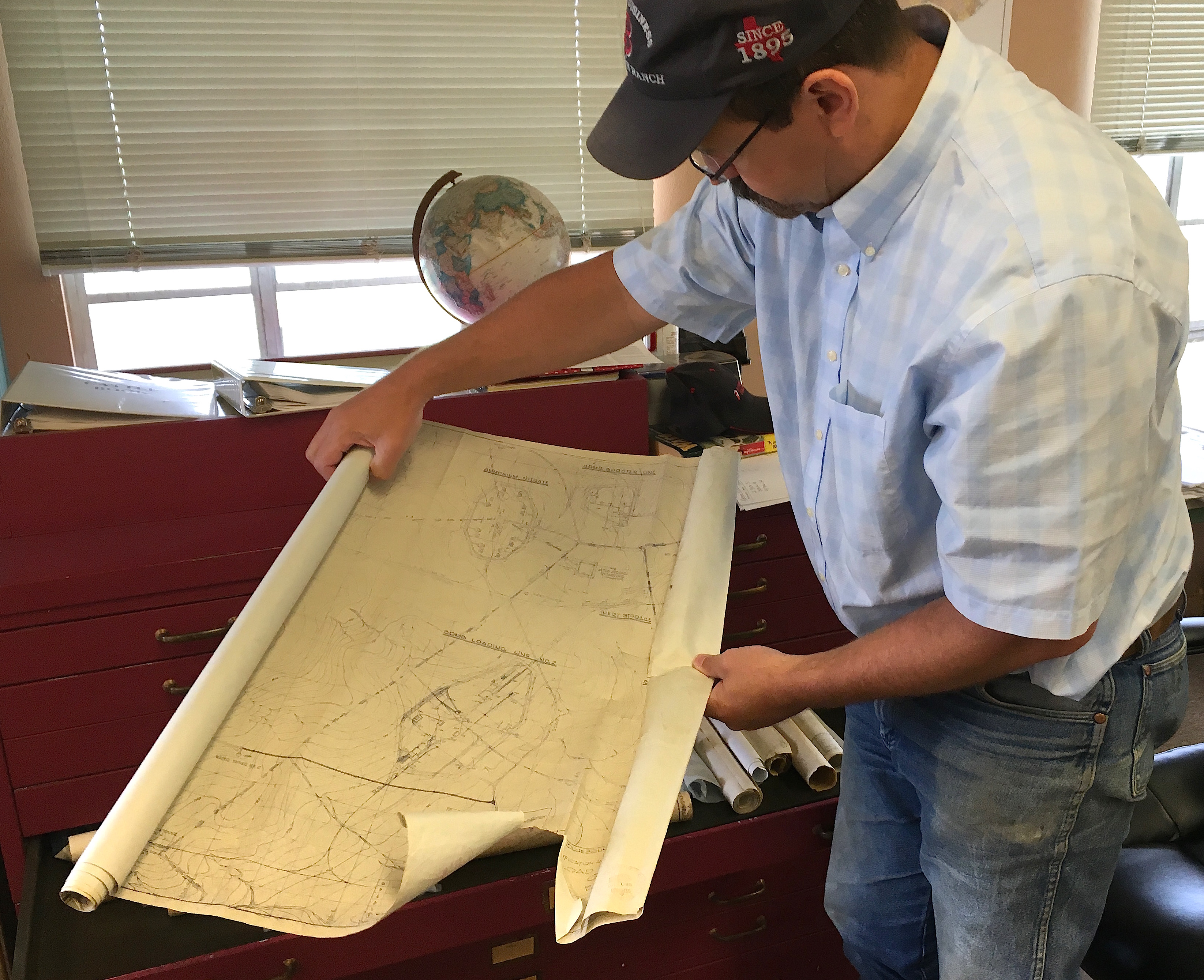
By: Blair Fannin
- Writer: Blair Fannin, 979-845-2259, [email protected]
- Contact: Dr. Jason Sawyer, 979-862-7679, [email protected]
McGREGOR – It’s billed by some as a best kept secret, but nestled back off Farm-to-Market Road 773 in McGregor lies the nexus of activity for Texas A&M AgriLife’s sustainable beef solutions research.
This type of research provides science-based recommendations to help ranchers maintain high-quality beef products for the benefit of both producers and consumers.
The history of the McGregor Research Center dates back to World War II when the Navy first established the 17,000-acre site as a weapons factory. It was named Bluebonnet Farm and was to serve as a massive stockpile weapons facility, but the war ended in 1945, so it was later repurposed as an agricultural research farm to help feed the anticipated onslaught of post-war baby boomers.
“The Navy identified a way to help educate individuals by approaching the A&M System and giving this facility to them to turn into a research farm,” said Dr. Jason Sawyer, center superintendent.
Sawyer said the idea was that the farm could host result demonstrations and house soldiers who would come to the farm and receive an education on small-acreage farming.
“They would work as an apprentice and after a few years they would go out on their own,” Sawyer said.
But those plans never developed and the facility was deeded to Texas A&M. However, the Navy took back 12,000 acres during the Korean conflict. It was given back to A&M once again only to be taken back during the Vietnam conflict in the 1960s. After that, 6,400 acres were permanently deeded to the Texas A&M University System with a first option to lease the remaining acreage from the Navy.
The remainder now belongs to the City of McGregor, which leases it to Space X, which designs, manufactures and tests rockets and spacecraft.
Sawyer said many of the improvements in Texas beef cattle production can be credited to the research center at McGregor starting in the 1970s. That’s when Dr. Tom Cartwright led research project efforts in cattle population genetics. Known as H19 36, the project included Drs. Charlie Long and Jim Sanders.
It was also the time when the center was turned over to the department of animal science for oversight.
“My role is to create a vision to help the Texas A&M University System fulfill its mission of production beef cattle,” Sawyer said. “The way we achieve that is to provide a platform to deploy ideas and experiments to fulfill this goal. We want to encourage that the resources we commit here are (dedicated) to those goals.”
Today, the Texas A&M AgriLife Research beef projects aim to increase the viability of beef production systems, Sawyer said. Some of the goals of these projects include:
– A 30 percent reduction in land area required to produce a pound of beef.
– 15 percent reductions in greenhouse gas emissions from beef systems, particularly primary production.
– Define and identify traits that provide environmental resilience.
– Identify strategies that capitalize on interactions between genotypes, environments and production technologies for optimized systems.
– Stabilizing and increasing cattle populations due to increased competitiveness.
One such study already underway is a patriotic ear tag color system as part of a beef cattle production system project. Its goal is to improve calving efficiency and ultimately produce more pounds of beef on fewer acres. The projects includes three sets of cows with one quarter Bos Indicus influence. The cattle sport red, white or blue ear tags to help identify which time of the year they calved or will calve.
“The goal of this project is to develop a system that achieves 35 percent improvement in pounds of calf weaned per acre,” Sawyer said.
Overall, Sawyer said the McGregor research projects are “directly applicable to established operations.”
“More importantly, these outcomes can confer competitive advantage to new entrants and enable success and the sustained output of the industry.”
-30-
Find more stories, photos, videos and audio at http://today.agrilife.org
Farm & Ranch
Hazards of Backyard Poultry
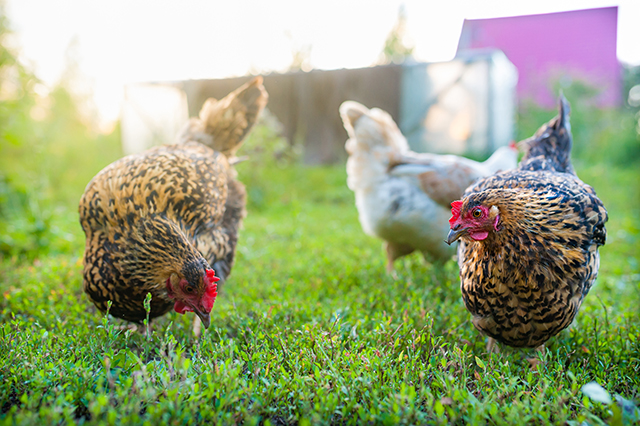
By Barry Whitworth, DVM
Having backyard poultry is a popular agriculture enterprise. According to the United States Department of Agriculture, 0.8 percent of all households in the United States have chickens. People keep chickens for a variety of reasons with table eggs being one of the more common reasons.
Unfortunately, some of these poultry producers are not aware of the hazards that come with keeping poultry because many times they carry pathogens but appear healthy.
Chickens are carriers of several zoonotic diseases. These are diseases that can be passed from animals to humans. According to a recent survey in Pennsylvania, a majority of backyard poultry producers were aware of the dangers of avian influenza. However, this study also revealed that far fewer producers were aware of the risk of possible exposure to Salmonella and Campylobacter.
The lack of knowledge about the hazards of raising poultry likely contributes to the continued issues of Salmonella outbreaks associated with backyard poultry. In 2023, the Centers for Disease Control and Prevention reported 1,072 illnesses of Salmonella linked to backyard poultry, and 272 of those patients required hospitalization. Oklahoma reported 43 individuals with the disease.
To read more, pick up a copy of the April issue of NTFR magazine. To subscribe by mail, call 940-872-5922.
Farm & Ranch
Ag Elsewhere: Wyoming
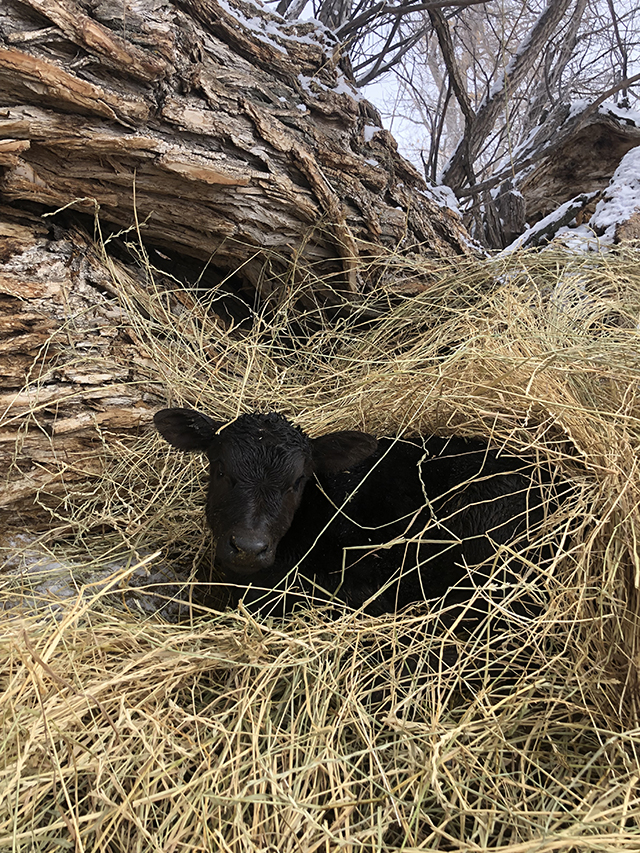
By Tressa Lawrence
Babies are tucked away in every nook and cranny. Many ranchers across Wyoming have baby animals popping up all over this time of year.
Farm & Ranch
Ag Elsewhere: Montana
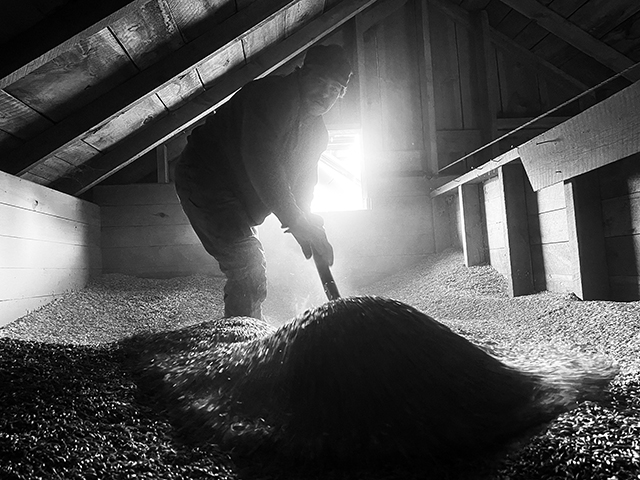
By Lindsey Monk
Another load of grain in to keep feeding the calves until the green grass can really start popping.
-

 Country Lifestyles1 year ago
Country Lifestyles1 year agoScott & Stacey Schumacher: A Growth Mindset
-

 Equine7 months ago
Equine7 months agoThe Will to Win
-

 Country Lifestyles7 years ago
Country Lifestyles7 years agoStyle Your Profile – What your style cowboy hat says about you and new trends in 2017
-

 Country Lifestyles4 years ago
Country Lifestyles4 years agoAmber Crawford, Breakaway Roper
-

 HOME7 years ago
HOME7 years agoGrazing North Texas – Wilman Lovegrass
-

 Country Lifestyles7 years ago
Country Lifestyles7 years agoDecember 2016 Profile, Rusty Riddle – The Riddle Way
-

 Country Lifestyles8 years ago
Country Lifestyles8 years agoJune 2016 Profile – The man behind the mic: Bob Tallman
-

 Outdoor9 years ago
Outdoor9 years agoButtercup or Primrose?

